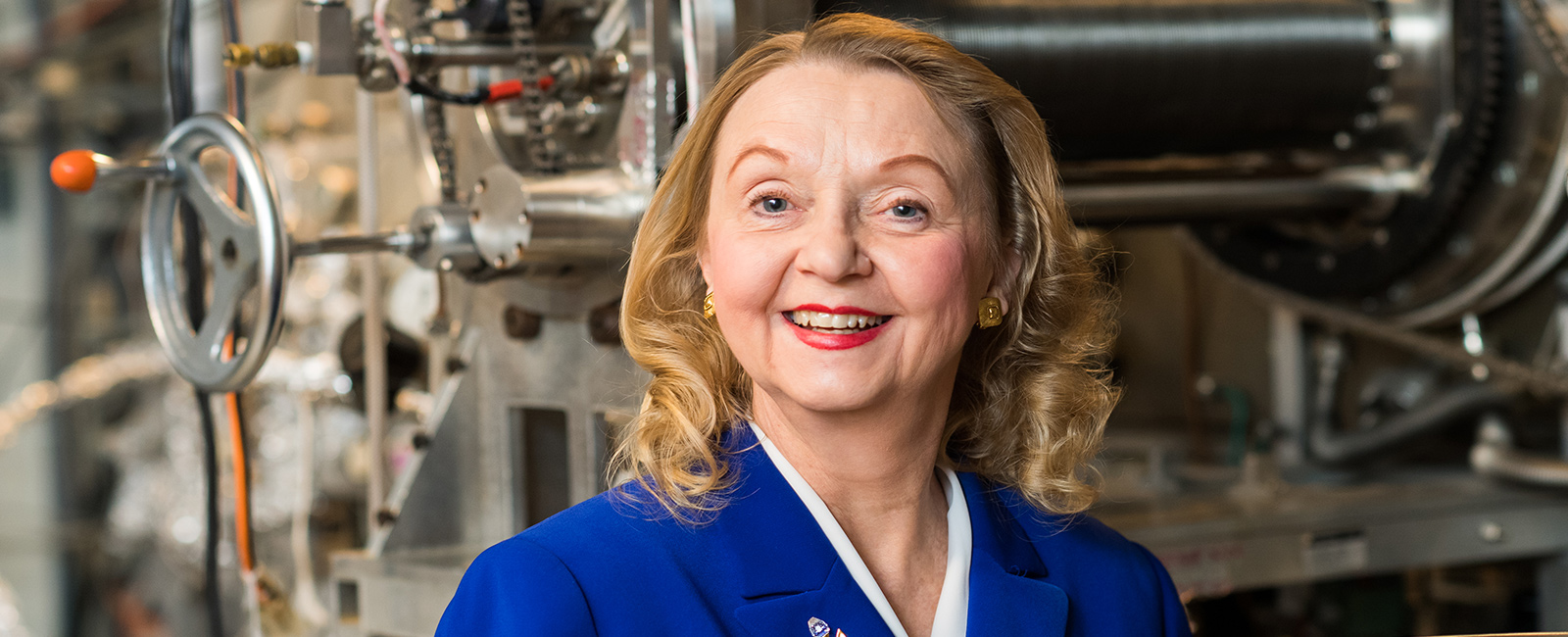We are interested in materials that serve either as catalysts for chemical reactions relevant to energy production, as templates for nanodevices or as the devices themselves.
However, surfaces of practical heterogeneous catalysts or of nanotechnological devices cannot be studied under ambient conditions such as atmospheric pressure or liquid environments because the presence of the gas or liquid continually modifies the surface. Therefore, in order to probe a surface unambiguously at the molecular level, experiments must be carried out under ultrahigh vacuum (UHV) conditions (<10-10 Torr). The problem arises that the surface chemistry observed under high pressure of gaseous reactants or in liquids is often different from the surface chemistry observed in the low pressure conditions of vacuum. For example, many surface reactions proceed readily under high pressure conditions typical of a commercial, heterogeneous catalytic reaction but appear not to proceed under the low pressure conditions typical of a laboratory experiment, despite favorable thermodynamics. The different chemistry and, in particular, the lack of reactivity at the low pressures where UHV surface science techniques are operable is known loosely as the pressure gap.
We have now uncovered many new mechanisms for dissociative chemisorption, desorption and absorption, such as chemistry with a hammer, that are responsible for the different surface chemistries under the different conditions.
These mechanisms are the fundamental principles underlying the pressure effect on surface chemistry. Our understanding of them has enabled us to “trick” the surface reactions, which could previously only be observed at ambient conditions, to occur in a UHV environment. In turn, the UHV environment enables the mechanism and intermediates of a surface reaction to be unambiguously identified. For example, the capability of carrying out the ethylene hydrogenation reaction on Ni under UHV conditions has allowed us to demonstrate unequivocally that the hydrogen reactive for hydrogenation is hydrogen buried beneath the surface rather than hydrogen adsorbed on the surface, as depicted in undergraduate chemistry texts.
Our group is also interested in the dynamics of a surface chemical reaction.
A molecular beam-surface scattering experiment, coupled with optical and electron spectroscopies, enables the angular, energy and mass distributions of product molecules from a surface chemical reaction to be measured. Because the product molecules do not undergo collisions before detection, these distributions are directly related to the detailed dynamics of the last step of the reaction. For example, we have recently observed a new mechanism for dissociative chemisorption called atom abstraction. In this process, the dangling bonds of a Si surface abstract a F atom from an incident F2 molecule while the complementary F atom is scattered back into the gas phase. When XeF2 interacts with Si, as it does when XeF2 is used to etch Si to produce microelectromechanical devices, Si abstracts one F atom. The concomitant product, XeF, is propelled away from the surface, as we observe from our measurements of the XeF translational and vibrational energy, due to exothermicity release. A 100 femtoseconds later, XeF that is sufficiently vibrationally excited dissociates in the gas phase, 2 Å from the transition state, and provides an additional F atom to etch Si. This experiment showed for the first time that gas phase dissociation of a product of a surface chemical reaction is an integral step in the overall chemistry of a molecule-surface interaction.
Professor Ceyer is a collaborator of the MIT Energy Initiative.

